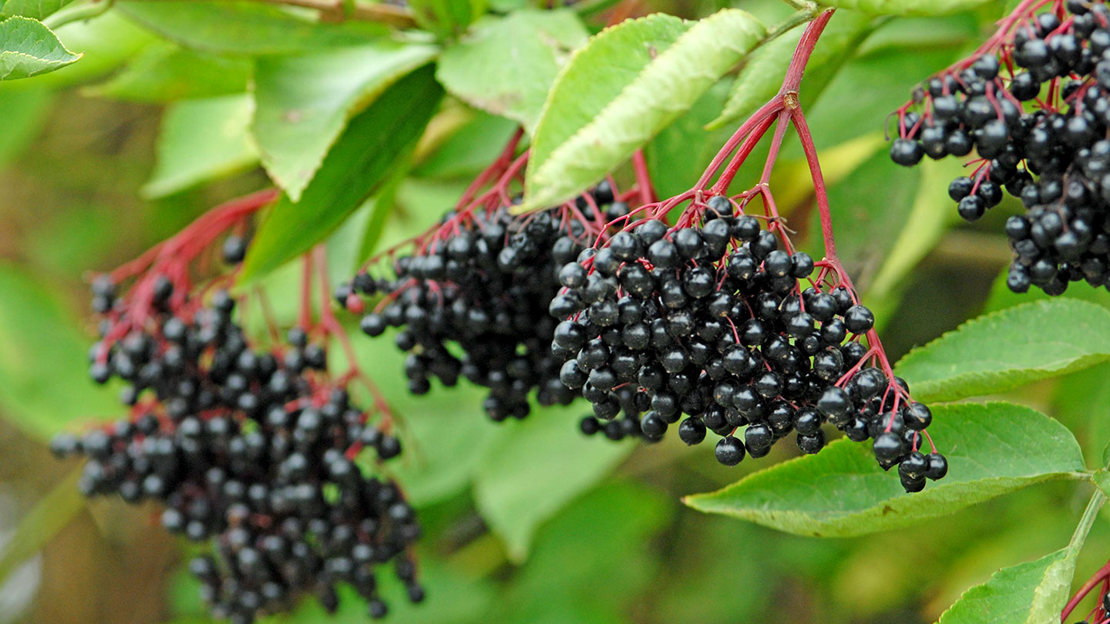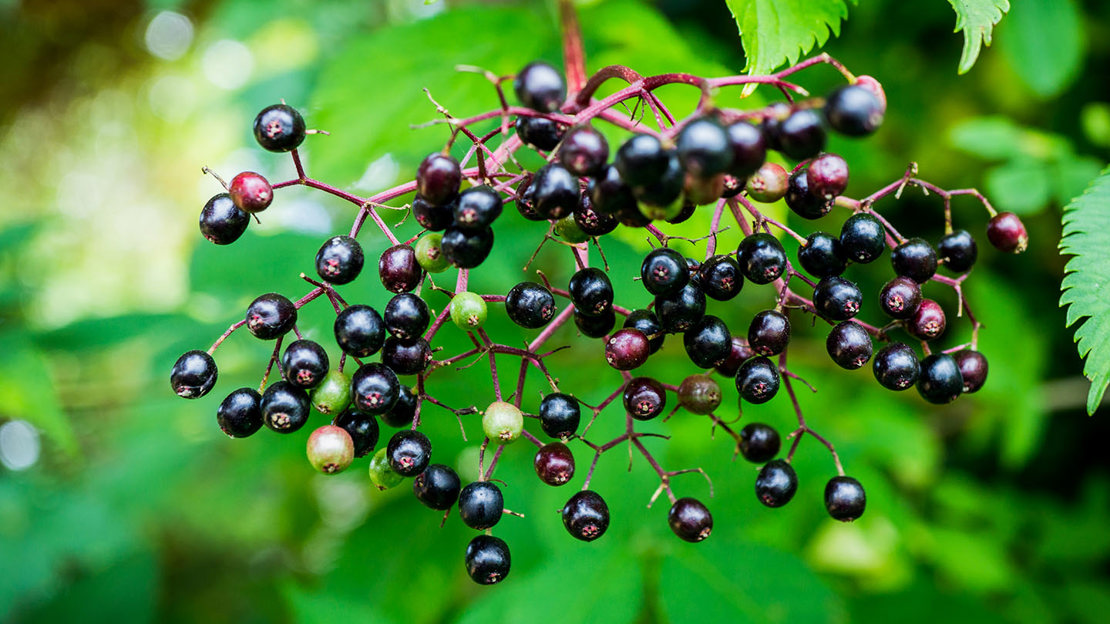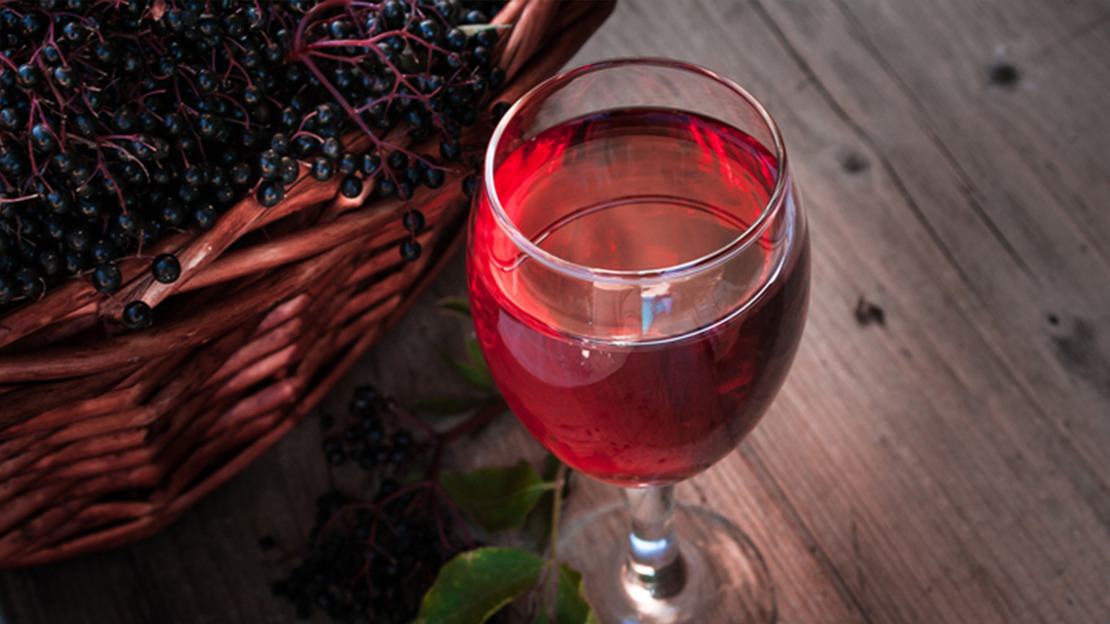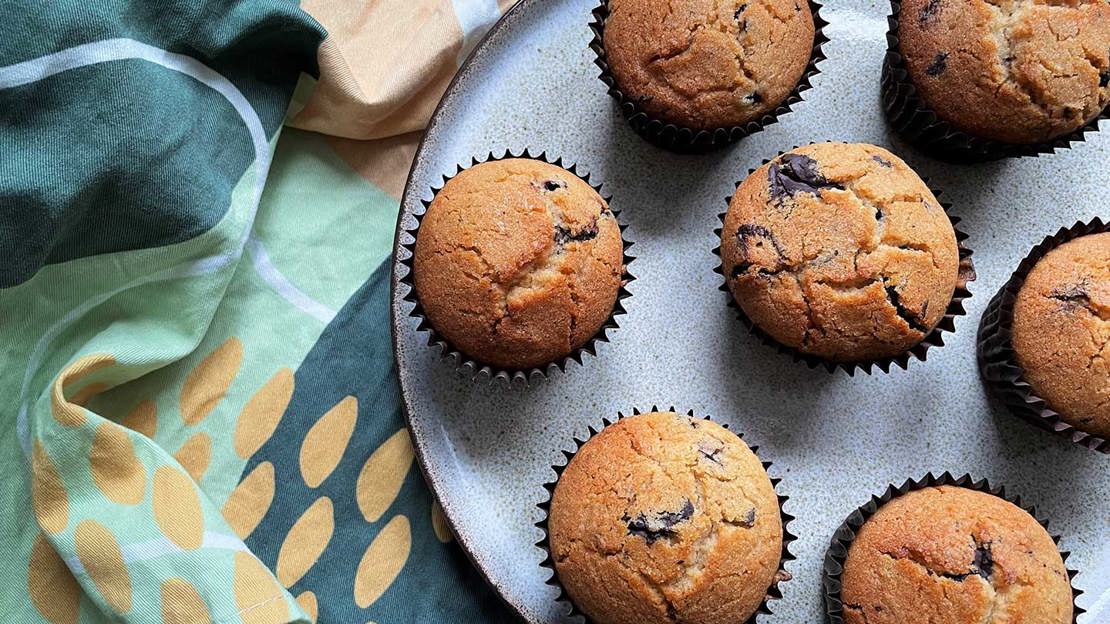Spot the signs of the seasons
Let us know what's happening to animals and plants near you and help scientists track the effects of climate change on wildlife.
Explore Nature's Calendar
Content manager, botanist and tree lover
Make the most of dark, fragrant elderberries while they’re in season.
Cooking with elderberries can get messy but it’s worth it. They’re full of health-giving properties and have been used medicinally for centuries. There are lots of elderberry recipes out there but here are our favourites.

Pick the clusters by breaking off the large stem – they should snap off of the branches easily. Shake off any insects.
The easiest way to remove the berries from the stalks is to strip them using the prongs of a fork. If you can’t use the berries straight away, they can be frozen and used later.
Take care! Some people can be sensitive to elder when it comes into contact with the skin leading to irritation and rash. And although the flowers and cooked berries (pulp and skin) are edible, the uncooked berries and other parts of plants from the genus Sambucus are poisonous and may cause stomach upset.
Elderberries and ginger may have anti-viral properties, so get ready for winter and make a stash of elderberry syrup. Add cinnamon and ginger to taste.
It's easy to make and you can eat it by the spoonful, drizzle onto porridge or yogurt, or add a dash to fizzy wine.

When the weather turns colder and you find yourself in front of the fire, it's the perfect time to enjoy a glass of elderberry wine.
Patience is required for this recipe. Like red wine grapes, elderberries are high in tannin and so the wine needs time to mature.

They’re the unsung heroes of foraged bakes, but the tangy tartness of elderberries pairs perfectly with the bitter edge of dark chocolate and delicate sweetness of vanilla.
These delicious vegan muffins are perfect if you’re living with food allergies or eating a plant-based diet. Enjoy them with a brew, as a dessert or even for breakfast.

Let us know what's happening to animals and plants near you and help scientists track the effects of climate change on wildlife.
Explore Nature's Calendar